Braids are commonly seen in people with thick and dense hair. This arises major concern arises amongst people with thin hair. That is, “can thin fine hair be braided?”.
Braids are beneficial for people with thin hair just as much as they are for thicker hair. However, finding the right type of braids for thin hair is important because braids that exert too much pressure on the scalp will worsen your thin, fine hair.
Keep on reading to find out more about hair thinning and what sort of braid is suitable for thin hair.
What Is Fine Hair
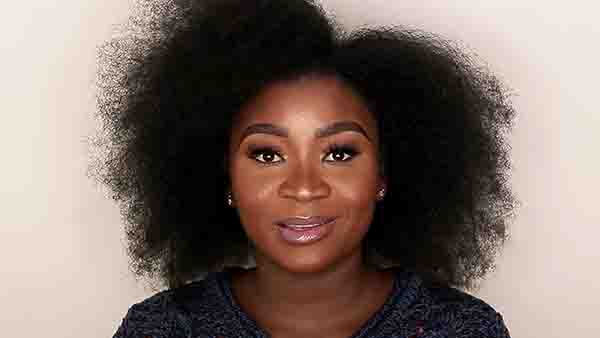
Fine hair is a hair type characterized by its thin strands and lack of volume. It can be difficult to style, as it often gets tangled easily and doesn’t hold braids well.
To ensure braids look good and stay put on fine hair, it’s important to use styles that create texture and use styling techniques that help hold the style.
Additionally, adding a hair accessory or providing extra volume can make braids look more full. Some of the best braids for thin hair include a French braid, a braided bun, and a fishtail braid.
Will Braids Work for Thin Fine Hair
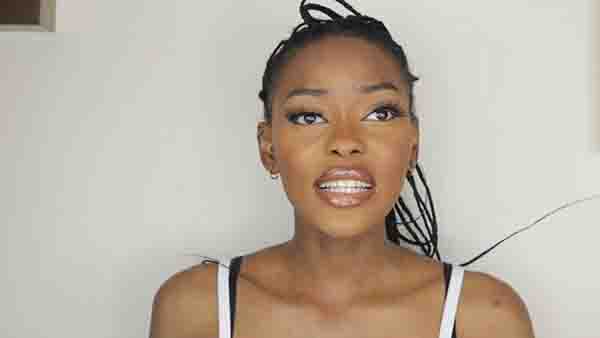
Thin fine hair shouldn’t stop you from getting braids. They’re very fashionable and will protect your hair from heat or sun damage. Once you find the braid that’s suitable for your hair type, wearing braids will be a simple task.
Not only will braids protect your hair, but they will also make your thin fine hair look more voluminous. Remember to keep the tension caused by braids as low as possible, especially around the hairline.
Is it Possible to Wear Updos with Thin Fine Hair
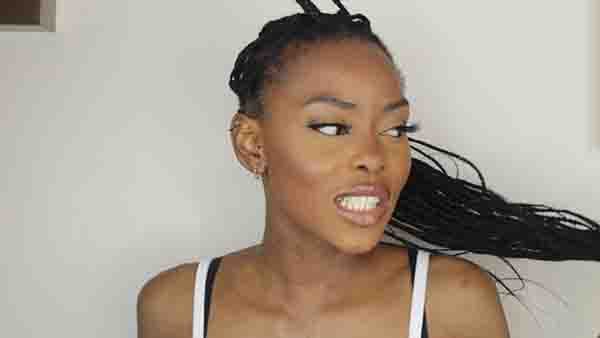
Updos can be a little hard to achieve on thin hair, but with the right updo, you can get a beautiful, voluminous look.
If your hair is styled skilfully, nobody will be able to tell your hair is thinning out. Feel free to experiment with various updo hairstyles to find out what looks the best on you.
Tight and sleek high buns are often opted for when people want updos, but it’s better to avoid them if you have thin hair. This type of bun will exert tension on your hair, leading to hair fall and breakage.
How do you get braids to stay in fine hair
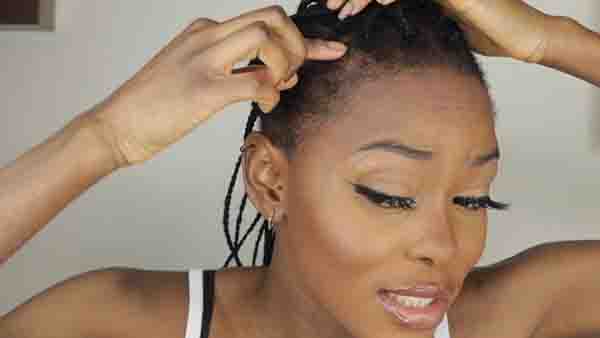
Here’s a step-by-step guide on how to get braids to stay in fine hair:
- Detangle your hair with a brush or a comb, then spray a texturizing product like a dry shampoo powder onto your hair from scalp to ends.
- Brush your hair and combine it into a ponytail either on top of the head, at the center of your crown, or lower in the nape. Secure the ponytail with a soft fabric elastic.
- Separate the ponytail into two or three sections, depending on the style you choose, and braid the hair. Once finished, secure the ends with a clear elastic.
- To create more fullness and texture in the braid, lightly tug on the sections. Secure with bobby pins, if needed.
- To ensure your braid stays in place, maintain tension while braiding. If it looks too tight, you can always loosen it later.
By following these steps, you’ll be able to create a beautiful and full looking braid that will stay in place all day.
What should you not do with fine hair
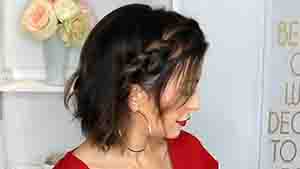
- Avoid washing your hair before braiding. Washing your hair can make it harder to style and braid and can strip it of its natural oils that add extra grip and texture.
- Don’t try the wet look. Using too much gel and mousse can either separate the hair, making it look sparse and thinned out, or clump it together, making it look like you don’t have much hair to begin with.
- Avoid super-long hair. Long hair tends to weigh down your tresses, making them appear thinner than they are. It’s also harder to plump up longer hair, so you might only be able to achieve volume around your crown, but the ends will still look thin and fine.
- Don’t go out with braids done on oily hair. Oil tends to make your hair look super thin, so if you want to try braids, make sure you do it on clean hair.
- Don’t use too much product. Too much product can weigh down your hair and make it look greasy and flat. Stick to lightweight products and only use what you need.
What is the Most Common Reason for Hair Thinning
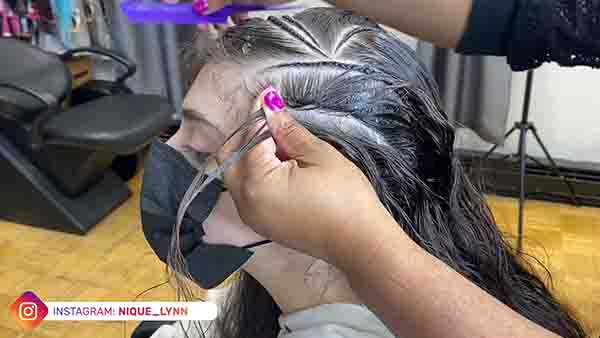
Hair loss can be caused by numerous reasons, starting from the quality of your life to the hair products you use. Stress, diet, and genetics can also cause your hair to thin out.
Here are the two most common reasons for hair thinning:
1. Androgenetic Alopecia
Androgenetic Alopecia is a very common disorder that causes your hairline to recede and occurs both in males and females. It’s genetically determined and has no cure so far.
However, you can receive treatment to prevent the rate of hair loss after a consultation with a professional.
2. Cosmetic Hair Procedures and Products
Plastic surgeries or surgeries, in general, can cause your hair to fall or thin out. Getting any cosmetic procedures for your scalp might impact the quality of your hair, so make sure to consult a trusted medical professional.
The hair products you use also cause your hair to thin out. Many hair products contain harmful toxins that break your hair and sometimes damage your follicle, preventing future hair growth.
Guidelines and Styling Tips for Thin Hair with Braids
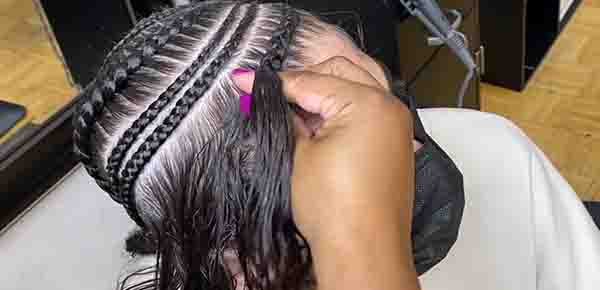
Thin hair might need more attention than you think. From being more prone to breakage, tangles, and frizz to sunburns on the scalp, people with thin fine hair face all sorts of discomfort.
Here are some guidelines and styling tips to help you with the discomfort:
1. How to Avoid Hair Loss if You Have Fine or Thin Hair
Focus on improving your diet; a protein-rich diet helps to prevent hair loss. Increase the number of good fats, certain vitamins, and minerals.
Use essential oils that prevent hair growth, gently massage them on your scalp to promote blood circulation. Although there’s no clinically backed-up information on this, multiple people said Anti-Thinning shampoo had benefitted their thin hair.
2. How to Prevent Tugging and Tension When Styling Your Thin Hair
Tension at the roots of your hair can be a problem, especially if you have thin hair. Uptight hairstyles like ponytails, buns, or braids will only add to this problem.
Tension can cause a mild ache or soreness on your scalp, while tugging might lead to hair fall and hair thinning. In such cases, we recommend you let your hair loose once in a while.
From time to time, go for a messy, relaxed hairstyle or add texture to your hair and just let it fall. These are alternatives we recommend. At all costs, avoid pulling too tightly from the front of your hairline.
Keeping The Braid Loose: Recommended by Cody Renegar
Celebrity stylist Cody Renegar has put his two cents for people wanting to go for a braid but are faced with the ordeals of having thin hair.
He says,
“I recommend keeping the braid on the loser side—nothing too tight—as this can help with shedding and also make it appear more voluminous.”
He encourages and further adds the benefits of braiding,
“Keeping hair in a braid can also help prevent breakage caused by applying heating tools often used when styling hair.”
How Long Should You Keep Braids in Fine Hair
Braids are hairstyles that can give you a getaway for a long while. They can usually be kept in for up to 8 weeks. However, if you have fine or thin hair, we don’t recommend keeping it in for more than 2-3 weeks.
Best Braids for Thin Hair
Braids are the most versatile of all hairstyles, giving you several options to pick from. So, if you have thin hair and are considering getting braids, here are a few types of braids that you should consider:
1. Tribal Braids
These braids come from the Fulani tribe in West Africa and represent their culture. They are typically middle-parted cornrow braids that go straight back against your head.
2. Micro Braids
As the name suggests, micro braids are so tiny they might resemble thick strands of hair.
3. French Plait
The French Plait is also a type of braid, but it stands out amongst all the others. This three-strand plait is done all the way from the top of the head to the nape of your neck.
4. Cornrow with Baby Hairs
Cornrows are a traditional type of braid where the hair is braided very close to the scalp. Unlike the french braid, it’s done by crossing sections under and not over to make them pop off the head.
5. Braid Down
These, again, are cornrow braids done all the way from the top of your head to the ends.
Conclusion
Braids are versatile hairstyles for all hair types. But can fine thin hair be braided?
Serious problems can arise when thin hair is kept in uptight hairstyles like braids. Scalp soreness or hair thinning out might result from all the tension and the tugging.
Frequent care and maintenance are needed to avoid this. Give your hair a break from time to time. As diverse and charismatic looks braids can offer, opt for other hairstyles too.
However, we don’t say that thin hair can stop you from having braids; we advise extra care. Keeping in mind the downsides of styling your hair in that manner.
Braids can give your thin hair a more voluminous look. Make sure to look into what type of braid suits your hair best.

